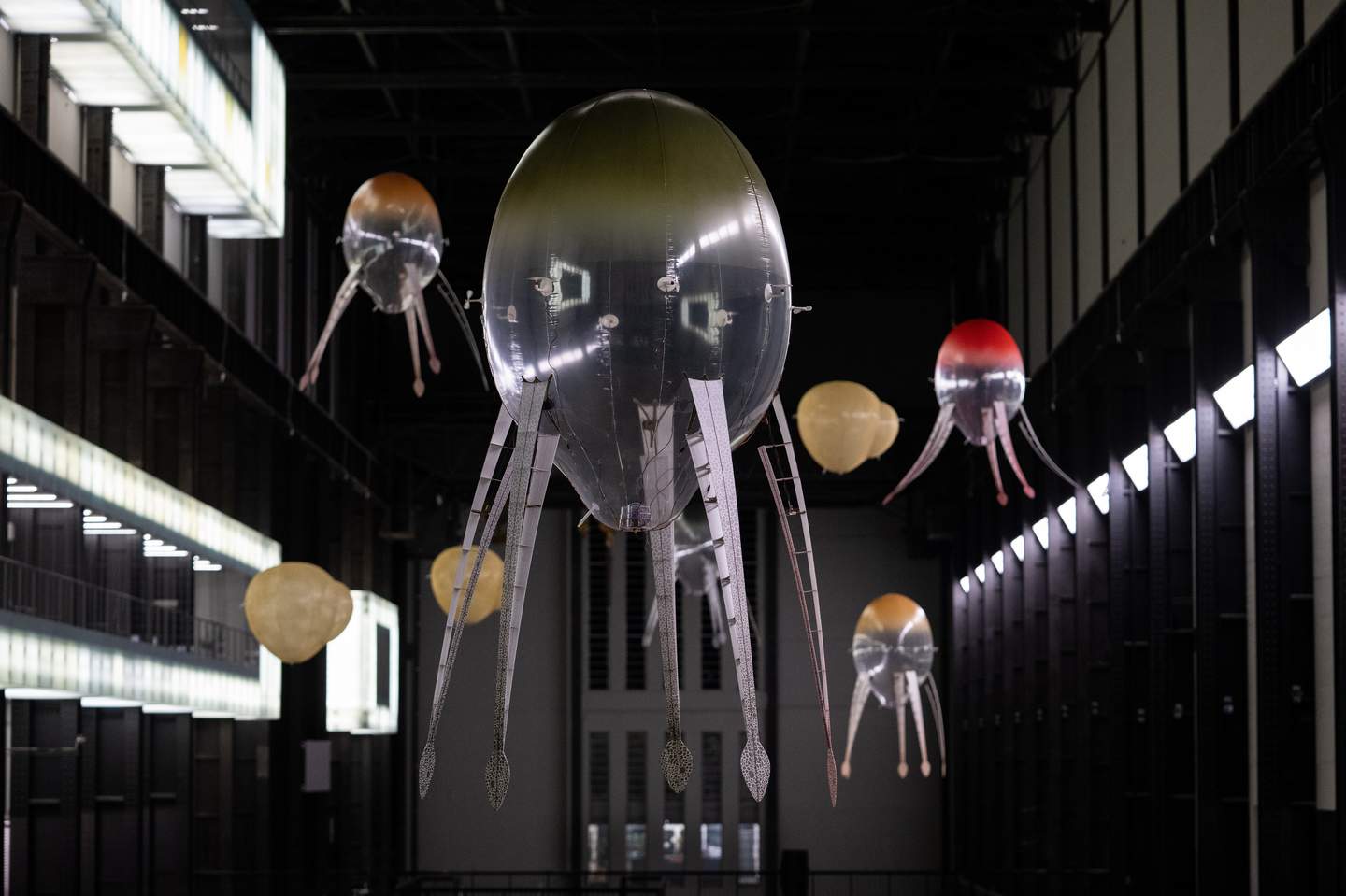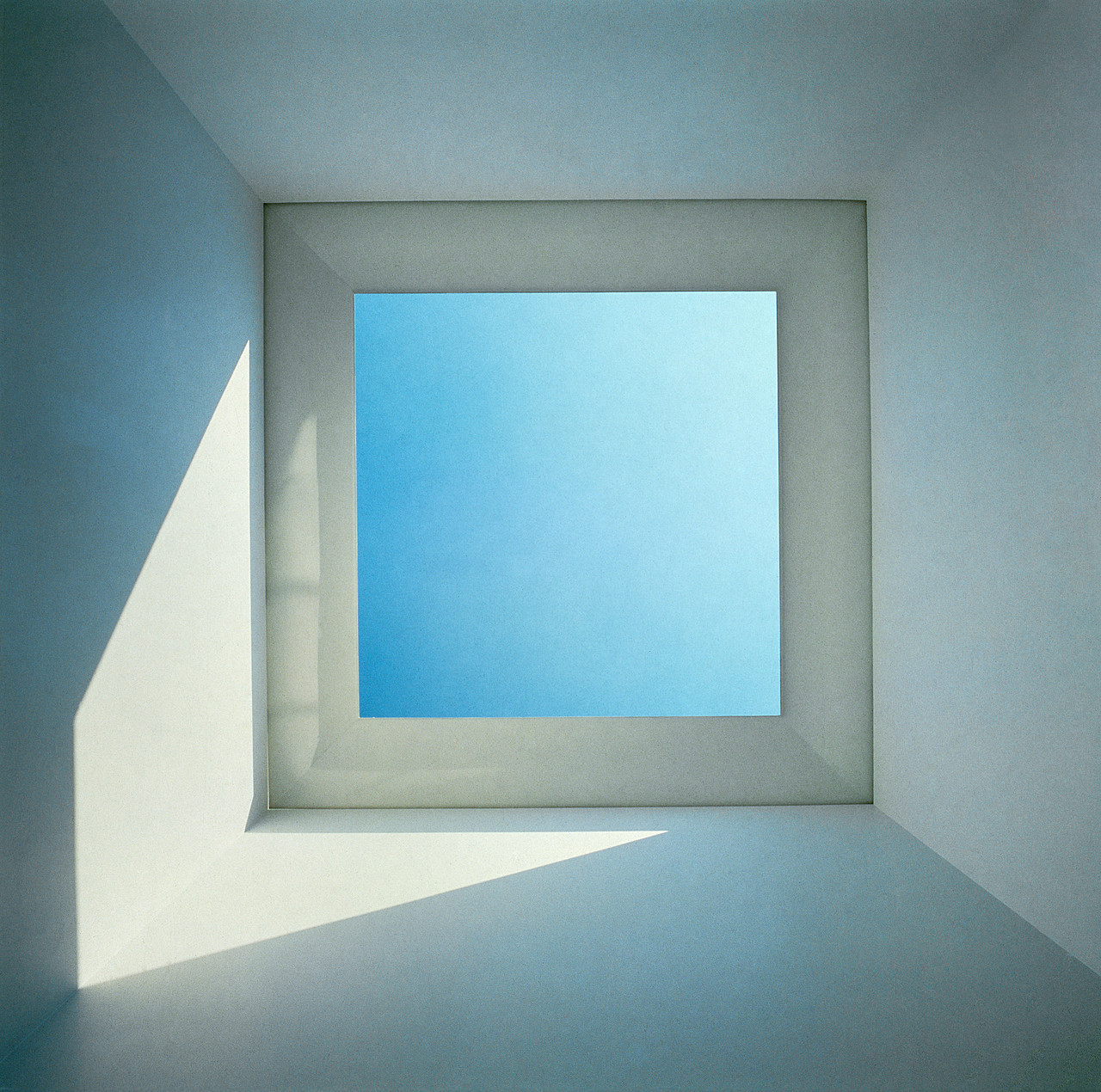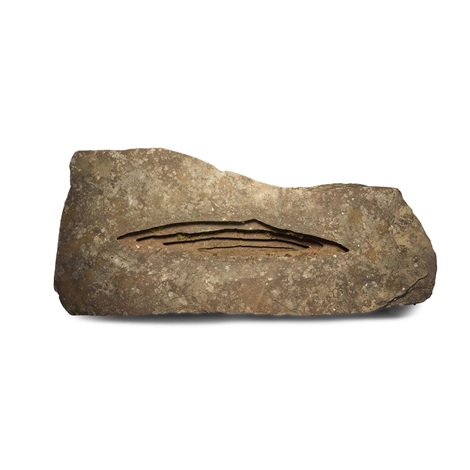What is Contemporary Art?
Throughout this semester and year on this course contemporary art has been spoken about in each subject. in this blog post, I’ll be discussing what is contemporary art, my opinion on contemporary art, challenges and critiques, themes and mediums, the role of the viewer
in contemporary art, contemporary art in practice, what our discussion as a class was and how the impact of the opinions can change people’s view on contemporary art overall.
Contemporary art is a multi-layered subject that broadcasts the modern world in different forms. The forms encompass a wide range of styles, mediums, and themes, the art movement offers so many opportunities for a meaningful and unique perspective. Unlike earlier art movements, contemporary art is not bound by a single ethos or aesthetic, allowing for voices from a wide range of diverse perspectives.
“Contemporary art challenges us, it broadens our horizons. It asks us to think beyond the limits of conventional wisdom.” – Eli Broad
Defining Contemporary Art
The fundamental part of contemporary art is to showcase work created by artists living in the modern day, typically starting from the late 20th century onward. The movement is characterised by its openness to experimentation and its connection with current social, political, and cultural issues. The contemporary art movement has created inclusivity that has led to the inclusion of other mediums whilst still including traditional forms like sculpture, poetry and painting. In later years this has manifested into more contemporary art forms such as photography, digital art, video installations, artificial intelligence, and virtual reality.
Another fundamental to contemporary art is its emphasis on concept over form. Artists often prioritise what they want to portray in their work, what is their messaging and how they want it to be portrayed which took a change to the work of the old masters, contemporary art challenges traditional views of beauty and craftsmanship. This shift has opened up new possibilities for artistic expression, allowing artists to address difficult but important topics such as identity, globalization, and environmental sustainability. It has also created a community for people going through these topics to relate too, a sense of belonging.
Themes and Mediums
As previously mentioned contemporary art mostly uses everyday relatable issues to connect with their audiences, many subjects such as climate change, social justice, generational struggles, and social media are frequent inspirations used as a subject matter. This makes the art more relevant and thought-provoking. For example, artists like Andy Goldsworthy, a British artist that uses create site-specific works that explore the transience of nature, while others, such as Korean artist Anicka Yi, use unconventional materials to provoke thought about the interconnectedness of life.
‘Originally part of Bankside Power Station, the hall was built to house electricity-generating machinery. Yi’s installation populates the space with machines once again. Floating in the air, her machines – called aerobes – are based on ocean life forms and mushrooms. They re-imagine artificial intelligence and encourage us to think about new ways machines might inhabit the world. Yi has also created unique scent scapes, which change weekly, with odours linked to a specific time in the history of Bankside. ‘- Tate
The mediums throughout contemporary art are as varied as its themes. Traditional techniques like painting and drawing coexist with unique approaches such as land art, sensory installations, and biological experiments. This diversity not only expands the possibilities of artistic expression but they also invites viewers to rethink their understanding of art and how everyday items can be considered art.
The Role of the Viewer
In contemporary art, the viewer often plays an active role in interpreting and engaging with the work. Unlike traditional art history, that only offers a singular perspective, contemporary pieces are often open-ended, inviting multiple interpretations. This participatory aspect encourages dialogue and fosters a deeper connection between the artwork and its audience.
For example, James Turrell’s “Skyspaces” create immersive environments amplify perceptions of light and space, making them an integral part of the experience. Similarly, the works of teamLab, a group of digital artists, using interactive projections to allow audiences to engage with and shape the artwork in person, removing the boundaries between viewer and creator.
“All in all, the creative act is not performed by the artist alone; the spectator brings the work in contact with the external world by deciphering and interpreting its inner qualifications and thus adds his contribution to the creative act,” – Marcel Duchamp
Challenges and Critiques
While contemporary art is celebrated for its innovation and inclusivity, it is not without its challenges. The focus of concept over form has created a lot of critics to debate the artistic value of certain contemporary creations. In addition, the increasing commercialisation of the art world has created issues about both accessibility and genuineness, with prominent exhibitions and auctions often overpowering smaller, independent voices.
Another critique within the contemporary spaces is the discrimination and classism of contemporary art. The use of abstract concepts and unconventional mediums can make the work seem inaccessible to those without a background in art theory. Also, the inclusivity and opportunities to people who aren’t within the direct art elite circles, this can be based on where you’re from, your wealth status, who you know, etc. This is more of an overall issue within the art world but it’s a lot more spoken about today within the contemporary spaces. These issues have created debates about the role of art in society and the need for greater inclusivity in artistic communities.
Class Discussion
During our first contemporary art class, we were asked if we liked contemporary art and no one put their hand up, I regret not putting my hand up because as mentioned in previous blogs contemporary art was the beginning of my art loving journey. I think also hearing other opinions as to why they don’t connect with contemporary art was interesting because it’s great to hear why they don’t think it’s as important as the work of the old masters.
Whilst I don’t remember everything said during this lecture, I do remember thinking that a lot of people and art forms I didn’t know was classed as contemporary art, actually was contemporary. I think my own research since that day and future discussions throughout the year has improved and made me appreciate the present day art more.
In conclusion, contemporary art is a vibrant and evolving field that pushes the boundaries of creativity and expression. Its ability to engage with heavy global issues and embrace diverse perspectives makes it a vital part of our cultural landscape. Whether through traditional mediums or cutting-edge technologies, contemporary art invites us to question, reflect, and connect in ways that are both profound and transformative.
Words:1115
Bibliography
artnet, 2025. andy-goldsworthy/. [Online]
Available at: https://www.artnet.com/artists/andy-goldsworthy/
[Accessed april 2025].
broadmuseum, 2025. eli-and-edythe-broad-an-enduring-legacy/. [Online]
Available at: https://broadmuseum.msu.edu/exhibition/eli-and-edythe-broad-an-enduring-legacy/
[Accessed april 2025].
guggenheim, 2025. James Turrell Skyspace I. [Online]
Available at: https://www.guggenheim.org/artwork/4089
[Accessed april 2025].
moma, 2025. participation-and-audience-involvement. [Online]
Available at: https://www.moma.org/collection/terms/media-and-performance-art/participation-and-audience-involvement#:~:text=“All%20in%20all%2C%20the%20creative,act%2C”%20he%20once%20wrote.
[Accessed april 2025].
Tate, 2025. contemporary-art. [Online]
Available at: https://www.tate.org.uk/art/art-terms/c/contemporary-art
[Accessed april 2025].
tate, 2025. hyundai-commission-anicka-yi. [Online]
Available at: https://www.tate.org.uk/whats-on/tate-modern/hyundai-commission-anicka-yi
[Accessed april 2025].
teamlab, 2025. teamlab. [Online]
Available at: https://www.teamlab.art
[Accessed april 2025].





Leave a Reply